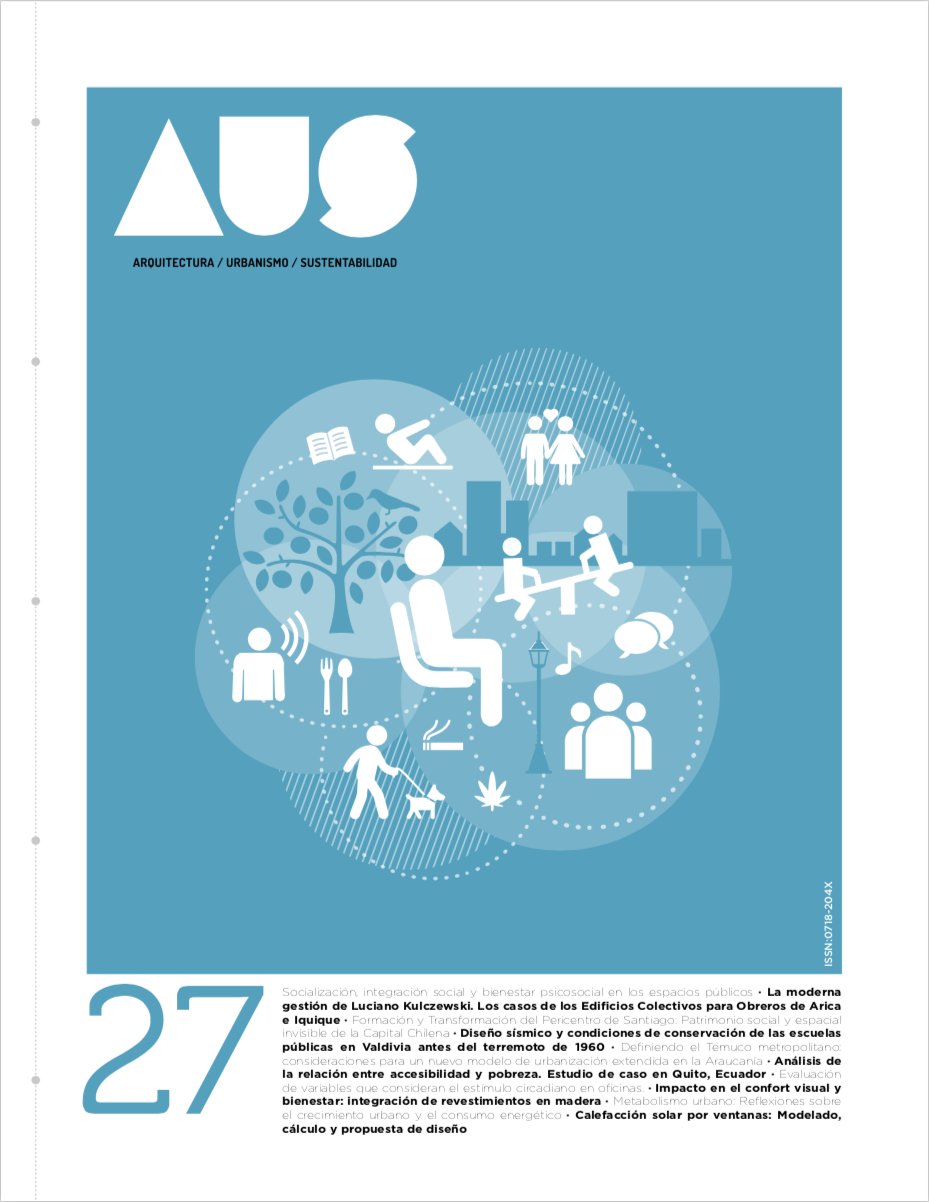Seismic design and preservation conditions of public schools in Valdivia before the 1960 earthquake
Main Article Content
Abstract
One of the main heritage assets in the city of Valdivia is its modern architecture; many of such works were built in wood or either raised after the devastating earthquake and tsunami of 1960 (9.5 Mw). However, school buildings designed by the Building Society of Educational Centers between 1941 and 1959, not only withstood the mighty quake but also stand as evidence of state planning policies and institutional modernity during the first half of the 20th century. Furthermore, they are still in place and meet their educational purposes until today. Using a formal, structural, and constructive characterization, in addition to an assessment of damages and applicable dilapidation processes, the durability conditions of these modern works can be determined in a highly demanding geographical context, further envisioning the need for conservation and restoration interventions to safeguard their architectural features.

